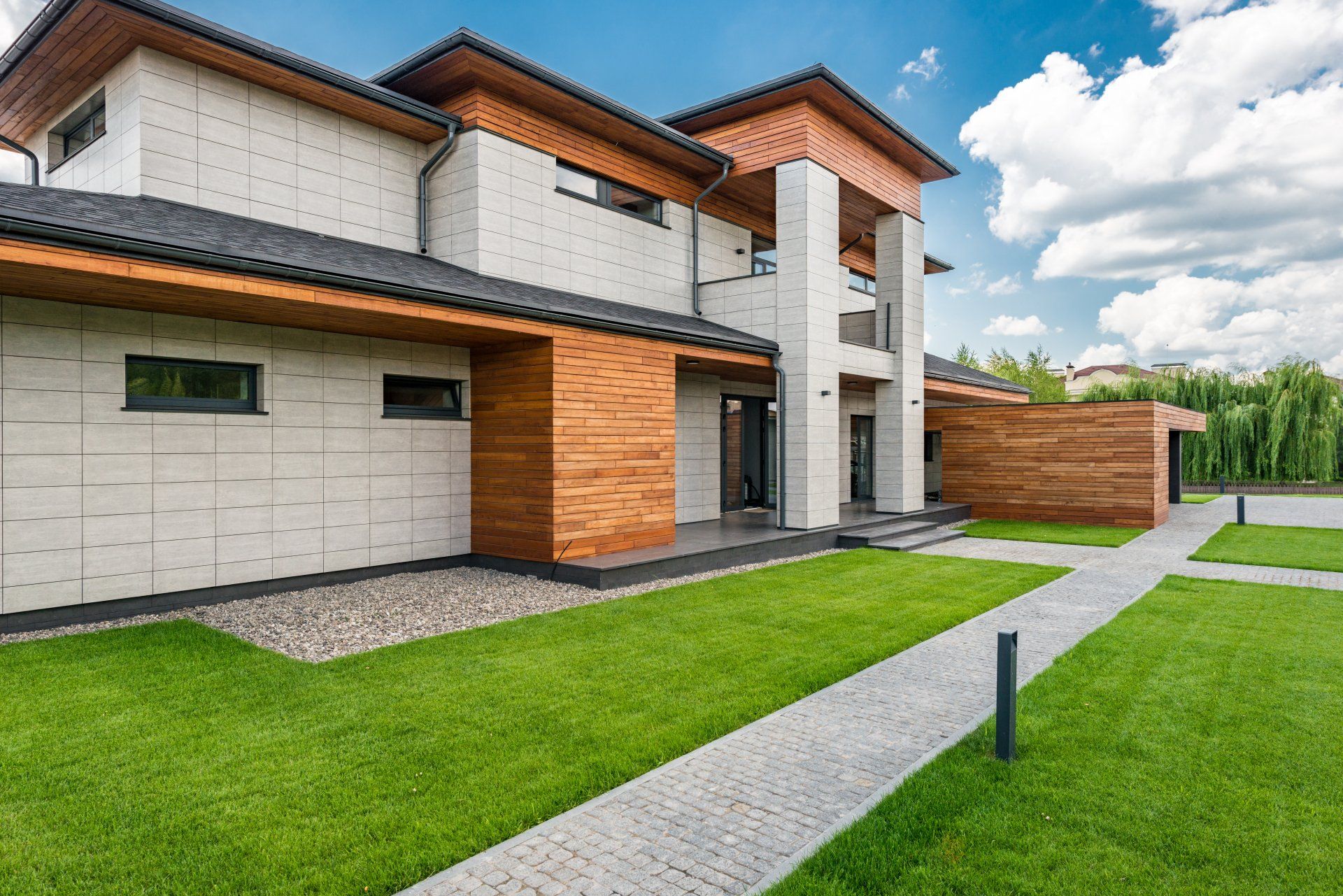Navigating the Drip: A Guide to Understanding and Addressing Ceiling Leaks
Navigating the Drip: A Guide to Understanding and Addressing Ceiling Leaks
Water stains or the pitter-patter of droplets falling from above can unsettle any homeowner. When water is leaking from ceiling spaces, it's not just an inconvenience; it's a symptom of underlying issues that could threaten the structural integrity of your home. In this article, we'll dive deep into the phenomenon of leaking from ceiling, exploring its causes, from brown water leaking from ceiling to pipe leaking from ceiling, and offer practical solutions.

The Mystery of Ceiling Leaks Unveiled
Ceiling leaks are more than just an eyesore; they are harbingers of potential damage to your home. But what causes these uninvited intrusions of water into our living spaces?
Identifying the Culprits Behind Ceiling Leaks
- Pipe Leaking from Ceiling: One of the most straightforward causes of a leak is a compromised water pipe. Pipes may corrode, freeze, or get damaged, leading to leaks. These leaks are not always from your own apartment if you're living in a multi-story building; they could originate from floors above.
- Brown Water Leaking from Ceiling: Noticeable by its color, brown water usually indicates a leak that's picking up rust and debris within your ceiling space. This often points to a longstanding issue, where water has had enough time to corrode metal fixtures or pipes.
- Causes of Water Leaking from Ceiling: Beyond pipes, several factors contribute to ceiling leaks. Damaged roofing, flawed seals around vents and chimneys, condensation from HVAC units, or even an overflowing bathtub can send water dripping down.
Diagnosing the Leak
Before panic sets in at the first sign of a drip, it’s crucial to assess the situation calmly. Identifying the source of the leak is your first step toward a solution. If the water is clear, it’s likely a fresh leak, possibly from a recently damaged pipe or roof. Brown or discolored water suggests an older, more established problem.
The Path to a Dry Ceiling
Once you've pinpointed the cause, the next steps are clear: stop the water source, repair the damage, and prevent future leaks.
- Immediate Measures: If the leak is due to a burst pipe, shut off your home's water supply immediately. Collect dripping water in buckets to minimize damage to floors and furnishings.
- Professional Help: In cases of complex leaks, such as those involving your home’s structure or hard-to-locate pipes, enlisting professional help is essential. Experts in plumbing and roofing can offer comprehensive solutions that go beyond temporary fixes.
- Preventive Strategies: Regular maintenance of your home’s plumbing and roofing systems can preempt many causes of ceiling leaks. Annual inspections can catch potential problems before they lead to water damage.
Understanding the Risks
Ignoring a leaking from ceiling situation can lead to more than just cosmetic damage. Persistent moisture can rot wooden structures, corrode metal, and encourage the growth of mold and mildew, posing health risks to inhabitants. The sooner a leak is addressed, the lesser the damage and associated repair costs.
The drip from your ceiling is a call to action, urging you to protect your home from potential damage. By understanding the causes of water leaking from ceiling and addressing them head-on, you can maintain the structural integrity and safety of your living space. Remember, the key to managing ceiling leaks lies in quick identification, effective repair, and ongoing prevention.
Leaking from the ceiling need not spell disaster for your home. With the right approach and timely intervention, you can turn a potential nightmare into a manageable task. Stay vigilant, stay informed, and ensure your home remains the safe haven it's meant to be. For more information on protecting your home, visit our homepage, explore our blogs, and learn about our services.


